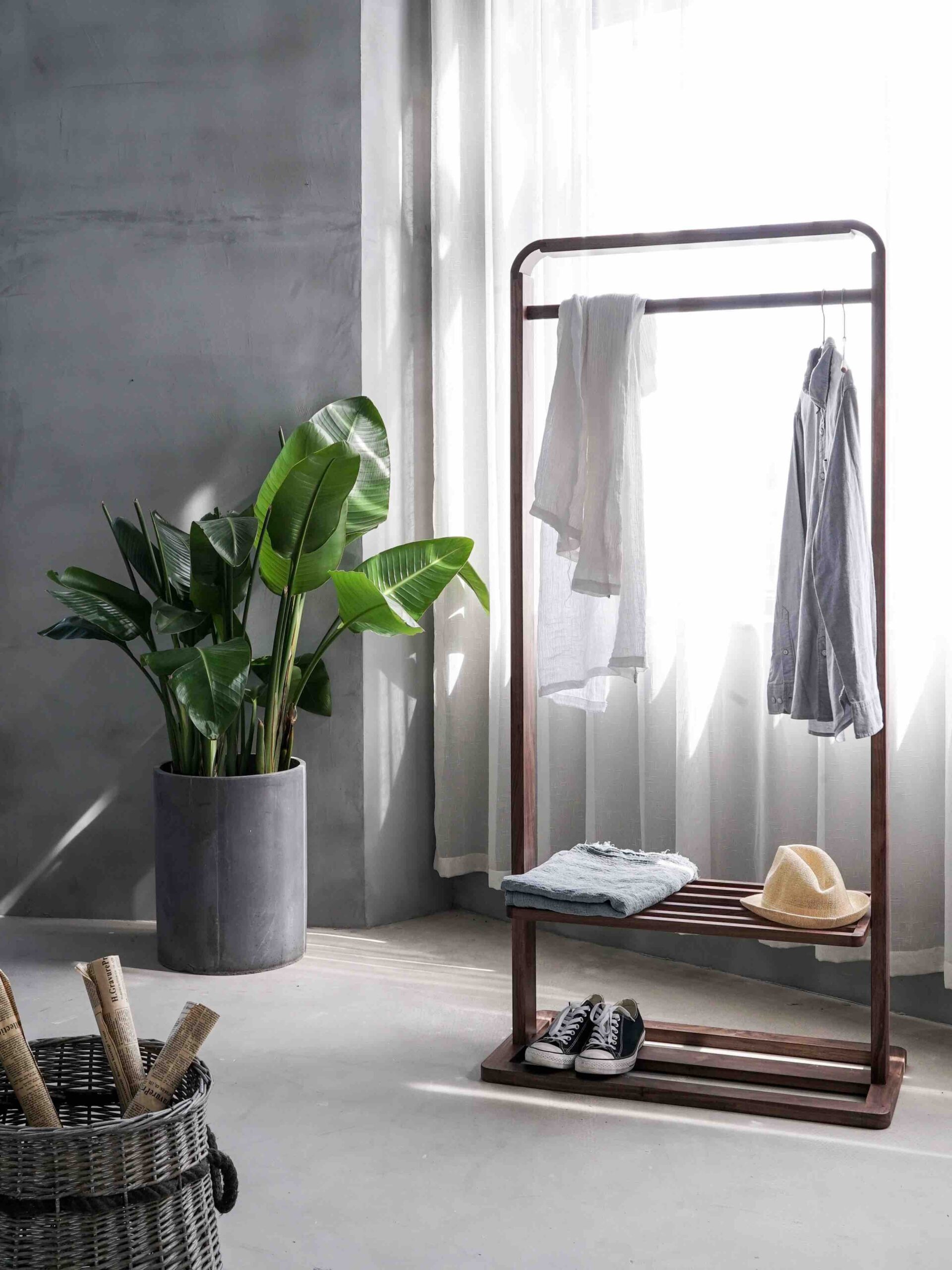Introduction
Creating a nature-inspired home can bring a sense of tranquility and connection to the natural world. Biophilic design, which incorporates elements of nature into the built environment, can help achieve this. From incorporating natural materials to maximizing natural light, there are several biophilic design elements that can transform your home into a serene sanctuary. In this article, we will explore some key biophilic design elements that can be incorporated into your home.
Natural Materials
One of the fundamental aspects of biophilic design is the use of natural materials. Incorporating materials such as wood, stone, and bamboo can create a warm and organic atmosphere in your home. From hardwood floors to exposed brick walls, these materials can add a touch of nature to any room. Additionally, using sustainable materials can further enhance the eco-friendly aspect of your nature-inspired home.
Indoor Plants
Bringing the outdoors in is a key principle of biophilic design. Indoor plants not only add a touch of greenery to your home but also improve air quality and create a calming atmosphere. Consider incorporating a variety of plants, such as ferns, succulents, and peace lilies, in different areas of your home. Hanging plants, vertical gardens, and planters can be used to maximize the use of space and create a lush indoor oasis.
Natural Light
Maximizing natural light is another important aspect of biophilic design. Sunlight not only provides a source of vitamin D but also creates a sense of openness and connection to the outdoors. Consider using large windows, skylights, and glass doors to allow ample natural light to flood your home. If privacy is a concern, sheer curtains or blinds can be used to filter the light while still maintaining a connection to the outside world.
Water Features
Water features, such as fountains or indoor ponds, can add a soothing and natural element to your home. The sound of flowing water can create a sense of tranquility and relaxation. Whether it’s a small tabletop fountain or a larger pond in your backyard, incorporating water features can enhance the biophilic design of your home and create a serene ambiance.
Nature-Inspired Colors
Choosing a color palette inspired by nature can further enhance the biophilic design of your home. Earthy tones such as greens, browns, and blues can create a calming and grounding effect. Consider using these colors on walls, furniture, and accessories to bring the essence of nature into your living space. Additionally, natural textures and patterns, such as leaf prints or floral motifs, can be incorporated to add visual interest.
Outdoor Living Spaces
Creating outdoor living spaces can extend the biophilic design principles beyond the confines of your home. A well-designed patio, deck, or garden can provide a seamless transition from indoor to outdoor spaces. Incorporate comfortable seating, natural materials, and potted plants to create an inviting outdoor oasis. Spending time in these spaces can help foster a deeper connection with nature and provide a peaceful retreat.
Conclusion
Incorporating biophilic design elements in your home can create a nature-inspired sanctuary that promotes well-being and connection to the natural world. From natural materials to indoor plants and outdoor living spaces, there are various ways to bring the beauty of nature into your living space. By embracing these biophilic design principles, you can create a home that not only looks beautiful but also nurtures your mind, body, and soul.




Pingback: Contemporary Office Interior Designer In Vasant Kunj